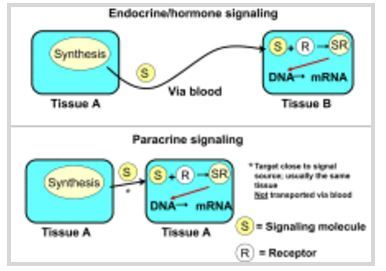Vitamin D (and VDR) – Vieth book chapter - 2017
Vitamin D
International Encyclopedia of Public Health (Second Edition) 2017, Pages 383–387; http://dx.doi.org/10.1016/B978-0-12-803678-5.00488-4
Reinhold Vieth
 See also Vitamin D Life* Vieth is on 828 pages as of Oct 2016* Thoughts on improving vitamin D policies - Vieth Nov 2013* Benefits and risks of Vitamin D - Vieth April 2012Vitamin D Receptor category has the following{include}
See also Vitamin D Life* Vieth is on 828 pages as of Oct 2016* Thoughts on improving vitamin D policies - Vieth Nov 2013* Benefits and risks of Vitamin D - Vieth April 2012Vitamin D Receptor category has the following{include}Vitamin D deficiency causes rickets in children and osteomalacia in adults, both of which are accompanied by muscle weakness. Deficiency is measureable by a blood test of the vitamin D metabolite, 25-hydroxyvitamin D [25(OH)D]. Disagreements about the need for vitamin D are based on differing opinions about desirable health-related thresholds for serum 25(OH)D.
Debates are also about how much extra vitamin D might be needed to sustain those thresholds and about whether health criteria in addition to the bone, muscle, pain, and falls are pertinent to establishing the desired 25(OH)D level. The Institutes of Medicine considers 25(OH)D levels below 50 nmol L-1 (20 ng mL-1) as undesirable, and in some countries, average ‘normal’ population levels are lower than that. Vitamin D is produced naturally in skin exposed to ultraviolet (UV)-B light.
Vitamin D is not produced in the skin covered by clothing or if the UV index is below 4
(i.e., if the angle of the sun is so low that a person's shadow is longer than his/her height ).
Vitamin D is not naturally present in most foods, but public health advice to fortify food or to supplement with it remains controversial.
At latitudes south of 30 degrees, the most cost-effective approach is to recommend more exposure of the skin to sunshine, but that is complicated by local culture and worries about skin cancer.
Public health policies surrounding vitamin D and sun exposure remain unsettled.
Meanwhile, intense research interest in the field continues to produce provocative results.
